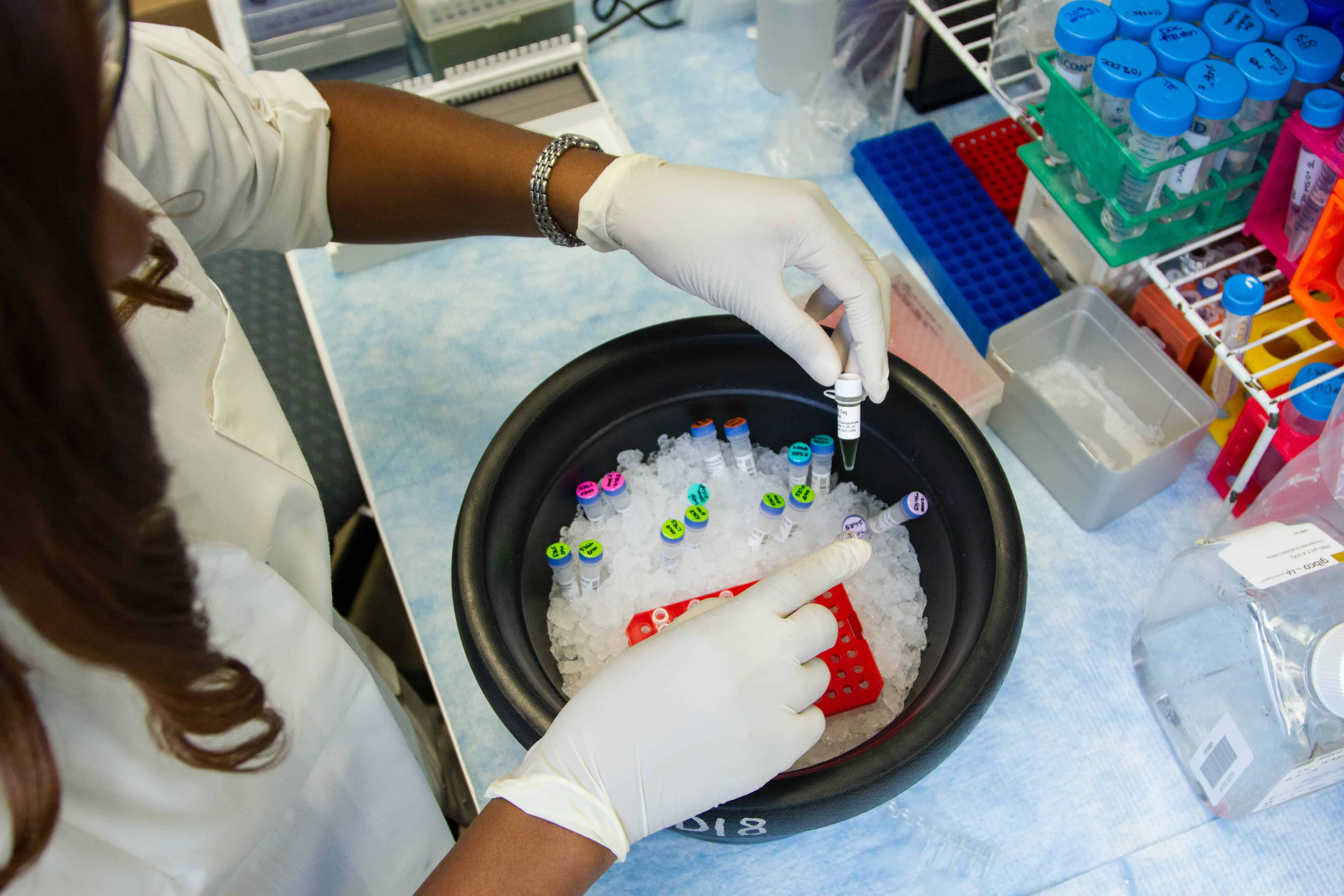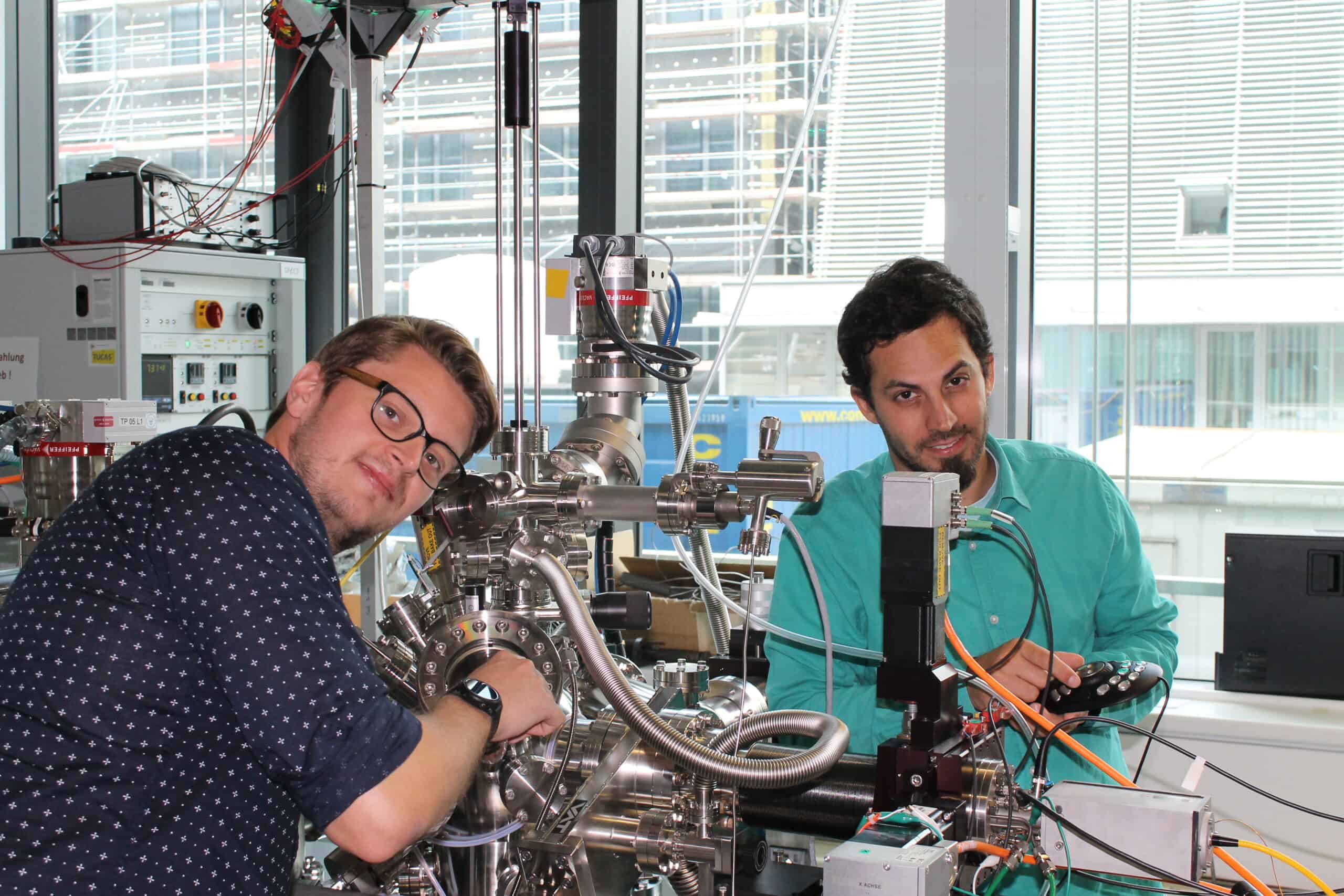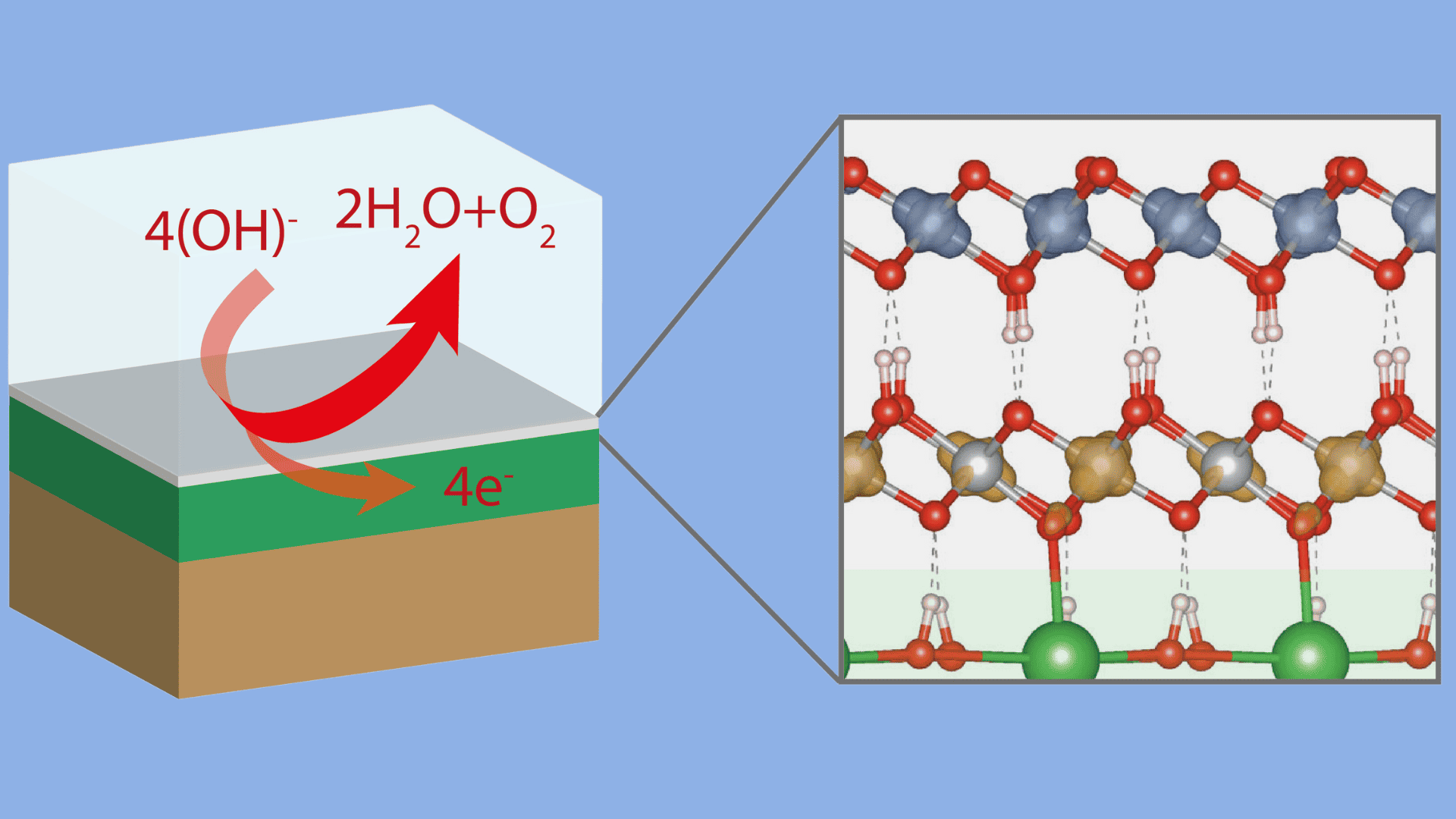
Scientists have transformed single-cell algae into functional perovskite materials. This breakthrough is not one to disregard, as these materials are more than beneficial in scientific research, as well as daily life. Although many do not know what perovskites are, they are present in many electro-optical tools, such as smart watches, sensors, microchips, ultrasound machines and solar cells, serving the function of semiconductors.
The team led by scientists at the B CUBE – Center for Molecular Bioengineering at TU Dresden – converted mineral shells of algae into lead halide perovskites with tunable physical properties. The new perovskites have unique nano-architectures unachievable by conventional synthetic production, the institution announced in a press release.

What are perovskites?
Perovskites are materials that are increasingly popular for a wide range of applications because of their remarkable electrical, optical, and photonic properties. Perovskite materials have the potential to revolutionize the fields of solar energy, sensing and detecting, photocatalysis, lasers, and others.
The properties of perovskites can be tuned for specific applications by changing their chemical composition and internal architecture, including the distribution and orientation of its crystal structure. At the moment, the ability to influence these properties is massively limited by manufacturing methods. A team of scientists at TU Dresden was able to create perovskites with unique nano-architectures and crystal properties from algae, taking advantage of years of evolution of these single-celled organisms.
Taking advantage of the evolution
“Unicellular organisms have responded over hundreds of millions of years to a wide range of environmental factors such as temperature, pH, and mechanical stress. As a result, some of them evolved to produce absolutely unique biomaterials that are exclusive to nature,” says Dr. Igor Zlotnikov, research group leader at the B CUBE – Center for Molecular Bioengineering who led the study. “Minerals formed by living organisms often exhibit structural and crystallographic characteristics that are far beyond the production capacities offered by current synthetic methods.”

Ready for scaling up
“We show for the first time that minerals produced by single-cell organisms can be transformed into technologically relevant functional materials. Instead of competing with nature, we can take advantage of the years of evolutionary adaptation they already went through” says Dr. Zlotnikov.
The method developed by his team can be scaled up, opening up the possibility for the industry to take advantage of algae and numerous other calcite-forming single-celled organisms to produce functional materials with unique shapes and crystallographic properties.
Selected for you!
Innovation Origins is the European platform for innovation news. In addition to the many reports from our own editors in 15 European countries, we select the most important press releases from reliable sources. This way you can stay up to date on what is happening in the world of innovation. Are you or do you know an organization that should not be missing from our list of selected sources? Then report to our editorial team.







